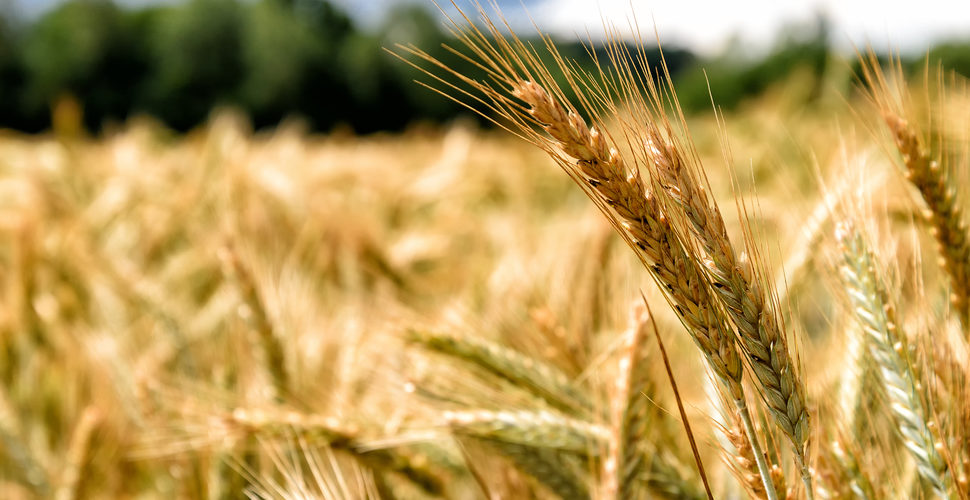Grain Council Report May 2022

Markets for all grain commodities have continued to rise in price since the last Council update. In the past month, the gap between new crop futures for harvest 2022 and old crop prices has narrowed significantly. Between the 29th of March and the 27th of April, prices for green barley offered by Glanbia have increased by €35/tonne and at the time of writing sit at €310/tonne. The primary driver for these price increases is the ongoing war in Ukraine. The war in Ukraine has been very damaging to Ukrainian agriculture with grain exports now only possible by rail, whilst spring planting of crops of maize has been heavily reduced in favour of crops such as barley and buckwheat which are cheaper and less reliant on inputs. Global supplies of grain were tight prior to the events in Ukraine but factors outside of the war have also raised further concerns over global production in some key grain producing countries in 2022/23. Individual grain commodities are discussed briefly below.
Grain market prices provided to IFA as of April 29th
| Spot Price¹ €/t | % Change vs previous week | Glanbia Sept 2022 Green (€/t) | Nov/Dec 2022 Dried (€/t) ¹ | |
| IRL Feed Wheat | 420-425 | -1% | 320 | 370-375 |
| MATIF Wheat² | 414 | +2% | 377.50 | |
| IRL Feed Barley | 415-420 | -3% | 310 | 360-365 |
| Oilseed Rape Paris² | 1000 | 0% | – | 856 |
| Maize | 375 | 0% | – | 355 |
| Soya Meal | 580 | -1.5% | – | 555 |
Wheat
Wheat markets have tracked upwards in recent weeks and are underpinned by the war in Ukraine. However, poor crop condition across many of the key wheat producing states in the USA has seen global market prices rise. The percentage of the US wheat crop rated in good condition by the USDA is now at just 27% which is the lowest in 26 years (AHDB). However, Russian wheat exports are still managing to take place to some degree and a large exportable crop in 2022 could ultimately put pressure on markets later in the season.
Maize
Global maize supply and demand balances continue to be tight. The International Grains Council has forecast that 13 million tonnes less maize will be produced globally in 2022/23. The Brazilian Safrinha maize crop is still forecasted to be a record sized crop, nonetheless weather conditions in the next couple of weeks are critical ahead of harvest in June. A large Brazilian maize crop will help offset the loss in maize supply from Ukraine. Planting of maize is underway now in the Midwestern states of the USA; however, rain continues to slow progress and markets have remained nervous as a result. USA planting progress in May will be an important watchpoint in determining how prices develop over the coming weeks.
Oilseeds
Prices for oilseed rape have increased dramatically in recent weeks (see graph below). November 22 prices continue to break new contract highs and dried rape in Ireland for harvest will likely be in the region of €800/t. This increase has stemmed primarily as result of substantially lower sunflower production in Ukraine. However, Indonesia has also banned exports of palm oil which is the major price setter for the global cooking oil market (Reuters). Oilseed rape production is also forecast to be 7% lower in Canada this year. Whilst no oilseed rape is crushed in Ireland and low amounts of rapeseed meal is now used by the animal feed industry, other commodities in the oilseed complex such as soyabean meal will be affected by these developments. Soya meal prices at the time of writing were €580/t for spot purchases and €555/t into November 2022.
Paris rapeseed prices as of 28/04/22 (source: https://ahdb.org.uk/cereals-oilseeds-markets)



